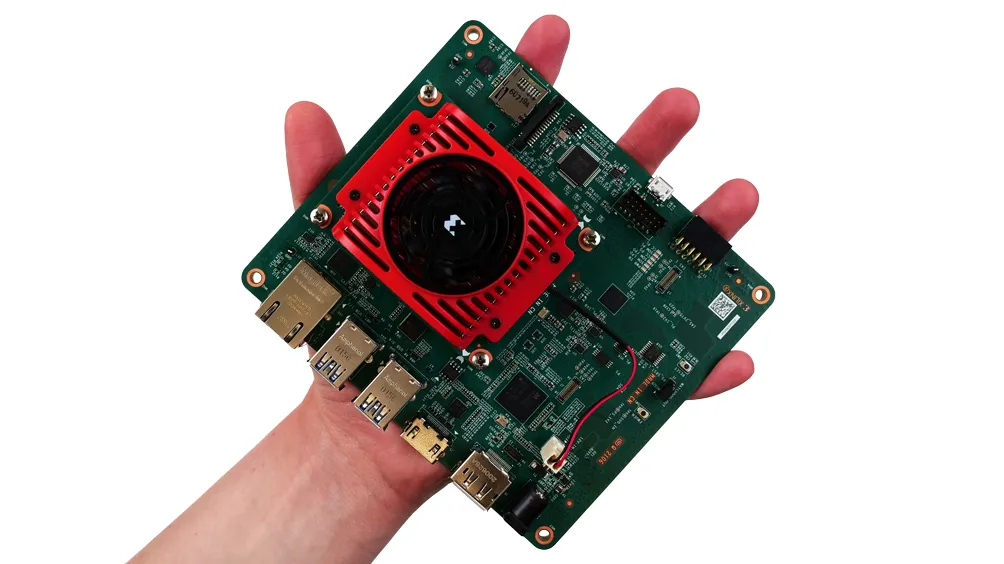Fugro Roadware has released Vision, a desktop application that offers synchronised viewing of pavement management data. As the company points out, data collection from a road network only takes on meaning once it is processed. With Vision, all data processing, visualisation, and reporting can be completed from one place, facilitating efficient management of network-level data that will enable more effective pavement management decisions.
January 30, 2012
Read time: 1 min











